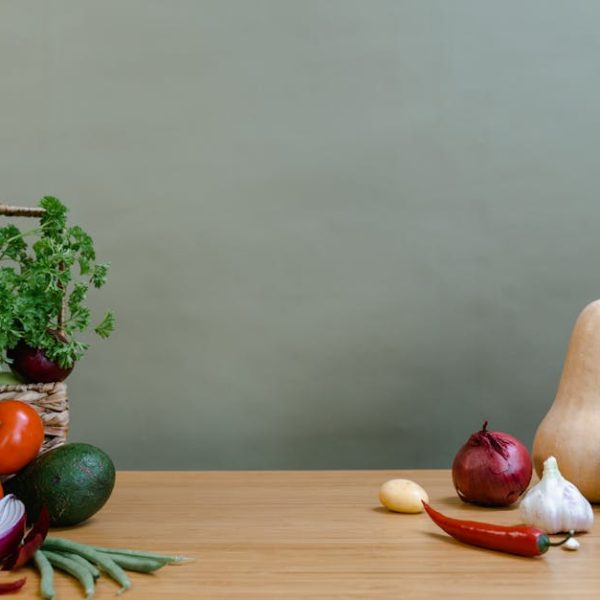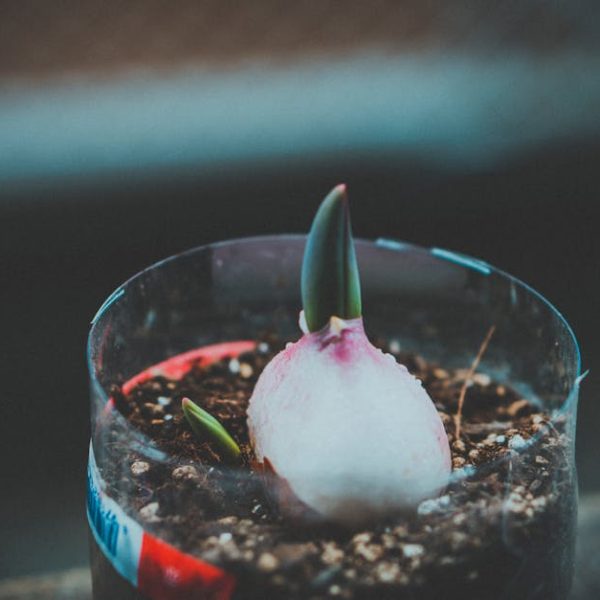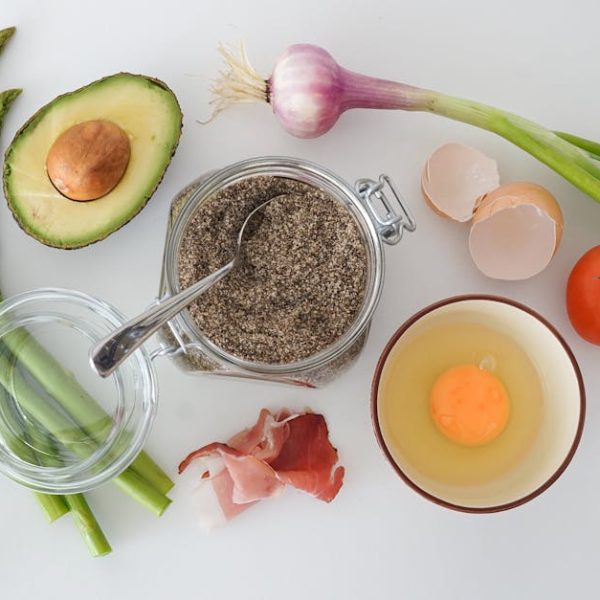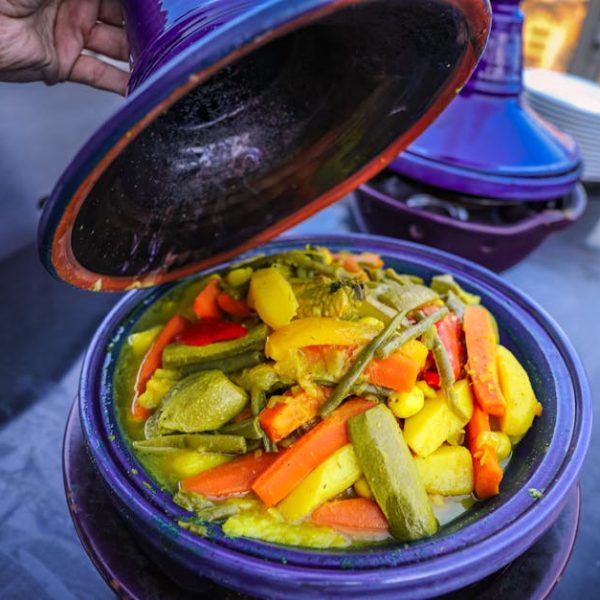Although similar at first glance, turnips and potatoes actually hail from different botanical families. Turnips, scientifically known as Brassica rapa, are part of the Brassicaceae or cruciferous family, which includes vegetables like cauliflower, cabbage, and kale. Originating from Europe and Western Asia, turnips have been a staple in human diet for centuries.
On the other hand, potatoes (Solanum tuberosum) belong to the Solanaceae family which also includes tomatoes, eggplants, and peppers. This humble tuber has roots in South America, namely in the regions of Peru and Chile, before spreading globally due to its versatility and nutritional value.
| Turnips | Potatoes |
|---|---|
| Brassicaceae Family | Solanaceae Family |
| Origin: Europe and Asia | Origin: South America |
Pro Tip: Pay attention to leaves and flowers of these plants – turnips’ pungent-smelling yellow flowers are a stark contrast to potatoes’ bell-shaped white or lavender blossoms.
Nutritional Composition of Turnips and Potatoes
Turnips and potatoes both supply an array of vital nutrients but in differing amounts. Turnips are low in calories and packed with important nutrients like vitamin C, K, A, E, B-group vitamins, and minerals such as manganese, potassium, calcium, iron, and copper. They are a good source of dietary fiber as well.
Comparatively, potatoes are higher in calories but also incredibly nutrient-rich. They offer abundant potassium, vitamin C, B6, and manganese, additionally providing trace amounts of other nutrients. They also contain a considerable amount of fiber, especially if the skins are left on.
- Turnips: Vitamin C, K, A, E, B-group vitamins, manganese, potassium, calcium, iron, copper, fiber
- Potatoes: Calories, potassium, vitamin C, B6, manganese, trace nutrients, fiber
Best Practice: To retain most nutrients while cooking, steam or roast vegetables instead of boiling them.
Culinary Uses of Turnips and Potatoes
Turnips and potatoes are both culinary staples, adding their distinct flavors and textures to a multitude of dishes. The peppery, slightly bitter flavor of turnips makes them an important ingredient in soups, stews, curry, and salads. They can be roasted, blanched, pickled, or even consumed fresh.
Potatoes, on the other hand, are far more renowned for their versatility. Their starchy nature makes them ideal for baking, frying, mashing, or boiling. They feature prominently in a diverse range of cuisines, from hearty American dishes to comforting Indian curries and crispy English roast dinners.
| Turnip Uses | Potato Uses |
|---|---|
| Soups & Stews | Baking & Roasting |
| Salads, Pickling | Frying & Mashes |
Pro Tip: Try substituting turnips for potatoes in mashed recipes for a lower-calorie, fresh twist.
Health Benefits of Turnips and Potatoes
In terms of health impact, both turnips and potatoes cover a broad spectrum of benefits. Turnips, due to their high fiber and antioxidant content, play an essential role in promoting digestive health, boosting immunity, and potentially reducing the risk of chronic diseases such as cancer and diabetes.
Potatoes, in contrast, are rich in complex carbohydrates and are a good source of energy. They also contribute to maintaining heart health due to their potassium content. Moreover, the presence of fiber in the skin of the potatoes aids digestion and helps to maintain a feeling of fullness.
- Turnips: Digestive health, immune boost, cancer risk reduction
- Potatoes: Energy source, heart health, aid in digestion
Checklist:
- Incorporate these vegetables into your diet regularly for holistic health benefits.
- When cooking, utilize methods that preserve maximum nutrients.
- Always try to eat potatoes with their skin on to make the most of their fiber content.
Growing Conditions for Turnips and Potatoes
In a gardening context, both turnips and potatoes present distinct cultivation needs. Turnips flourish in cool temperatures, preferring well-draining sandy loam soil that is slightly acidic. Planting can be done in early spring or late summer for a fall harvest.
Potatoes, conversely, thrive in well-drained, sandy, or loamy soil but can tolerate a wider pH range. They are typically planted in early spring for a summer harvest and require regular watering while avoiding waterlogging.
| Turnips | Potatoes |
|---|---|
| Cool temperature | Moderate temperature |
| Well-drained soil | Well-drained soil |
| Slightly acidic pH | Tolerant pH range |
| Two growing seasons | One growing season |
Best Practice: Ensure proper soil preparation and adhere to the ideal planting times for both turnips and potatoes for a fruitful yield.
There you have it – a comprehensive comparison of turnips and potatoes across different considerations. As members of the vegetable kingdom, they each offer diverse nutritional, culinary, and health opportunities that should be explored.
Remember, variety is the spice of life, and incorporating both these root vegetables into your diet can bring enjoyable flavors and abundant health benefits. And if home gardening is your interest, why not give growing these veggies a shot? With their distinct requirements, it can be a learning experience that rewards you with fresh, home-grown produce. Happy cooking and gardening to you!
Key Takeaway:
- Turnips and potatoes are from different botanical families – Brassicaceae and Solanaceae respectively, each boasting unique biological characteristics and origins.
- Nutritionally, both vegetables are powerhouses – offering a range of vitamins, minerals and fiber with variance in caloric content.
- The culinary appeal of turnips and potatoes lie within their distinct flavors and textures; while turnips are often used in soups and salads, potatoes are renowned for their versatility in various cuisines.
- Both these vegetables contribute significantly to health benefits; turnips are famous for digestive health and immunity boost while potatoes are an excellent source of energy and aid in heart health.
- Each vegetable comes with unique growing conditions and requirements, offering a rewarding challenge for home gardeners.
Both turnips and potatoes are notable contributors to a balanced, varied diet and offer exciting culinary opportunities. For green-thumbed readers, the distinct growing conditions for each plant offer a rewarding gardening experience. There’s joy in both eating and growing these vegetables, so do explore these opportunities!
FAQs
Q: Can you interchange turnips and potatoes in all recipes?
A: While you can experiment with substituting turnips for potatoes in certain recipes, remember that their flavors and textures are quite distinct. The final outcome of the dish might be considerably different.
Q: Are there any specific health risks associated with consuming too many turnips or potatoes?
A: Eating any food in excess can lead to health issues. Consuming too many potatoes, which are higher in calories, might lead to weight gain. Overeating turnips, particularly raw, might affect thyroid function due to the presence of goitrogens.
Q: Are turnips and potatoes safe for all to consume?
A: Generally, yes! However, people with specific dietary restrictions or health conditions should consult their healthcare provider. For instance, potatoes are high in carbohydrates, which might not be suitable for those with diabetes or on a low-carb diet.
Q: How do I store turnips and potatoes for a longer shelf life?
A: Store both turnips and potatoes in dark, cool, well-ventilated areas, away from onions, as gases emitted can cause early sprouting. However, unlike potatoes, turnips can also be stored in refrigerator crisper drawers.
Q: What part of the turnip plant is edible?
A: All parts of the turnip plant are safe to eat – from the roots (the actual turnip) to the leafy greens on top. Conversely, only the tuber (root portion) of the potato plant is edible.
Feel free to share this article with fellow foodies and gardening enthusiasts. Enjoy more insightful posts and articles on our website!





